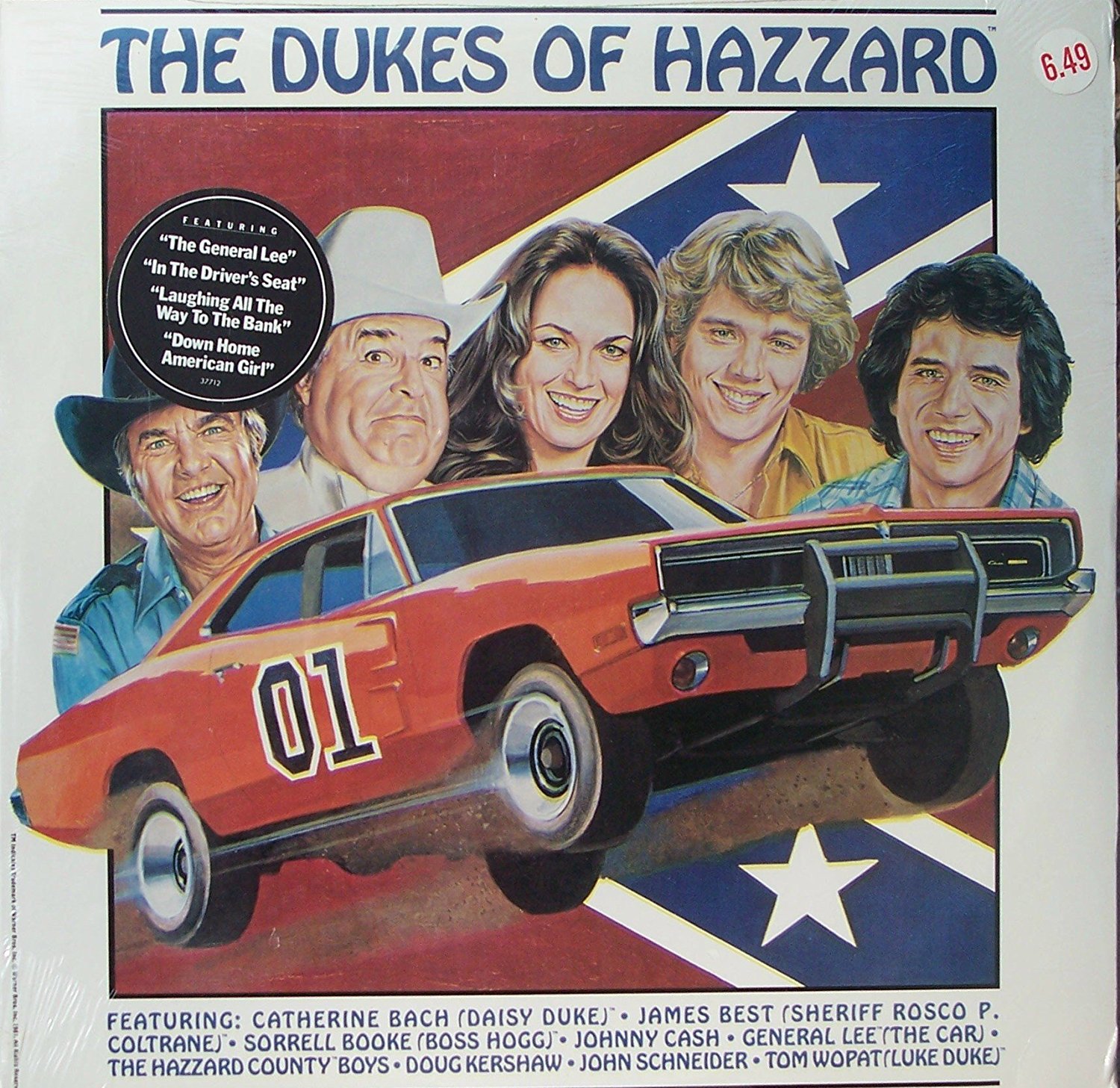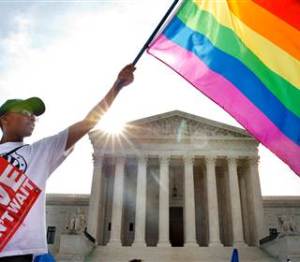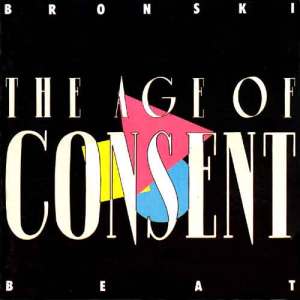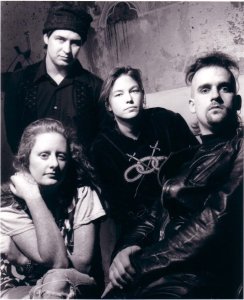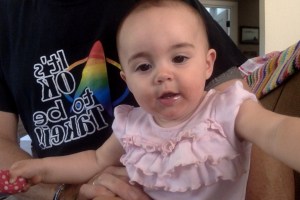December 2, 2020
One of my guilty pandemic pleasures (besides watching 90 Day Fiancé) has been making playlists on Spotify. I’ve made playlists that chart Prince’s album chronology and playlists loaded with songs about denim (“Forever in Blue Jeans”). I started doing month-based playlists, beginning with cuts from albums released in January, 1973. I was traipsing through 1979, month-by-month, reliving all the LPs I bought, borrowed or stole in my 15th year on earth. My top three favorite bands that year were, in order, The Who, Blondie, and The Police. It was the year of new wave.
It was also another year of disco.
While 1979 gave us The Cars, Gary Numan, and Nick Lowe, the radio was still dominated by dance tracks by Chic, the Bee Gees, and Donna Summer. The summer radio of ’79 was an ongoing battle between “My Sharona” and “Ring My Bell.” I was deeply into my “Randy Ramone” phase by that point. Even though I camped out for tickets for the 1979 Kiss Dynasty tour, I had already sold my soul to punk rock. But whether you were a mod or a rocker, a Clash fan and/or a Ted Nugent fan, all guitar disciples could agree on one thing, disco sucked.
In 1979, I sported a t-shirt that said, “Disco is Dead, Rock is Rolling” that I ordered from the back of Rolling Stone magazine. I was full of theories about how musicians were losing gigs because clubs were hiring DJs instead of bands (even though I wouldn’t get my fake ID until 1980). I graffitied “Disco Sucks” on the bathroom stalls at Redan High School and dreamed of burning copies of Saturday Night Fever.
I wasn’t the only kid hating on disco in 1979. Chicago rock radio station WLUP organized a “Disco Demolition Night” between games at a White Sox doubleheader. Over 50,000 rock fans showed up with their kid sisters’ Sister Sledge albums. The plan was to blow up the albums on the field. The explosion caused a riot as the rock fans stormed the field and proceeded to destroy the stadium, forcing the White Sox to forfeit the cancelled game to the Detroit Tigers. I had heard about it next day and thought it was a glorious blow against the disco empire.
Looking back on that era from over 40 years later, there certainly was some super crappy music (Who let Elton John make a disco album?). There was also some crappy punk and metal and “arena rock” records. But a lot of those disco tracks are now on replay, like “Get Up to Get Down” by Brass Construction. I’ve even warmed up to 70s-era Bee Gees. It wasn’t the cock rock of Van Halen, but that doesn’t mean it wasn’t sexy. But the hatred of disco was vicious. The Chicago riot was just part of the disco backlash. Was this a just a fanatical devotion to “any guitar and any bass drum,” as The Jam sang, or something else?
I don’t doubt there was some real imbedded racism in the “Disco sucks” trend. Disco had its roots in black and Latin dance clubs in New York. Soul music became R&B, then became the most banal disco. Somehow Barry White went from make-out music to the Hustle, with actual dance steps. Early Saturday afternoons in 1979 spotlighted white couples on American Bandstand who were trying to mimic the steps of the black couples dancing on Soul Train later in the afternoon. White rock fans in ’79 could dig Jimi Hendrix, Bob Marley and Led Zeppelin channeling ancient blues cats, but somehow Chic’s “Le Freak” was too much. Dance music was about black and brown bodies moving in choreographed synchronicity while individualistic white bodies were either head banging or slam dancing.
But there was black music that was off limits to the anti-disco hate in 1979. Michael Jackson’s Off the Wall LP, with it’s Quincy Jones horns workin’ day and night, was dynamic in the way that rock sought to blow your head off. Prince’s debut single, “I Wanna Be You Lover” was so provocative, it was punk. (I’ll never forget his performance on American Bandstand, sporting a very small tiger print Speedo and thinking the 70s were officially dead.) And there was this weird hippity hop music coming out of the Bronx. But rock fans would still rather blast AC/DC’s “Highway to Hell” then sort out what “Rapper’s Delight” was all about.
There was also a healthy dose of homophobia reflected in disco hate. After all, those dance clubs in NYC that birthed the coked up disco scene were mostly gay clubs. Few things seemed gayer in 1979 than the Village People and dancing with your hands in the air. Real men kept their hands at waste level to play air guitar to Aerosmith. Working class boys, terrified of revealing any feminine attributes, were required to bash anything that wasn’t macho macho, man.
But there was plenty of gender-nonconforming in rock in 1979, from David Bowie (“Boys Keep Swinging”) to Queen’s Freddie Mercury (“Don’t Stop Me Now”). The B-52’s “Rock Lobster” was a big ol’ southern gay dance party and Lou Reed was femming as Patti Smith was butching. The rednecks in my high school would harass me for liking “that fag music from England” (usually referring to Devo, who were from Ohio) which gave me the privilege of being gay-bashed without actually being gay. I was bonded the mythical urban queer (I imagined him/her walking into CBGB’s while “Walk on the Wild Side” played), but I still hated disco.
Best I can figure is the Disco Sucks crusade was an example of intersectionality. Both black and gay were devalued in 1979, but tolerated. Everyone was convinced Bowie was “queer” but Freddie Mercury was “straight” (figure that one out). But they knew how to rock. Bands with black members, like Thin Lizzy, Mother’s Finest, and the Doobie Brothers cranked the guitars above the bass. Black or gay could find a place in white boy culture. Black and gay could not. Disco was black and gay and that was a bridge too far. Play that funky queer music white boy. Or bash it.
The hatred was all contextual. Rock acts were allowed to release disco-ish records. (Kiss’ “I Was Made for Loving You,” Blondie’s “Heart of Glass,” Wings’ “Goodnight Tonight,” The Kinks “Superman,” and Rod Stewart’s “Do You Think I’m Sexy?” to name a few.) But if the act had any connection to the dance club scene (think Alicia Bridges’ “I Love the Night Life”) it was deemed “disco” and must be blown up at a baseball stadium. Disco sucks wasn’t really about the intersection of black and gay, it was the intersection of racism and homophobia.
I’ve missed out on a lot of great music because of learned bigotries. (Why didn’t anyone tell me that Mariachi music was 100% brilliant?) The 15-year-old me would have been musically richer and ethically deeper if I had been open to disco in 1979. It was a time of discovery but somehow small town culture stopped me. Two years later (at 17), I would be hanging out in Atlanta gay bars with the other misfit punk refugees from suburbia, but in 1979, anything without a power chord was a threat to my forming masculinity.
It’s been fun discovering these songs over the years. A lot of it is the worst culture human civilization has ever produced (Humanity should have cancelled for “Disco Duck” alone), but much of it is a joyous release. (Currently playing, “Beat of the Night” (1979) by Fever.) It didn’t all suck. Racism and homophobia suck. Shaking your groove thing will set you free.










